Classic Cars Pawned
ReleaseMyCapital.co.uk, the UK classic and vintage specialist car pawnbroker shares our top cars pawned throughout 2022.
Release My Capital will help you unlock the equity tied up in your prized classic or vintage car from £5,000-£2M. No mark will be made on your credit report, and you will not need to travel. Everything can be easily agreed upon from home. Release My Capital guarantees your privacy. We are fast, discreet and flexible.
Family-run and privately owned, Release My Capital, the UK pawn stars, serves a broad range of clients throughout the United Kingdom. We are personable and will always do our best to find the ideal path forward for you.
By working with ReleaseMyCapital.co.uk, our clients receive a bespoke credit arrangement. If you're interested in learning more about using your classic or vintage car to raise funds, apply directly at releasemycapital.co.uk or call 0333 577 3000 and speak to one of our expert loan consultants. ReleaseMyCapital.co.uk will begin by inquiring about the assets you'd like to use as collateral, your timeline, and your desired loan amount.
1 - 1958 Aston Martin DB2 Mark iii
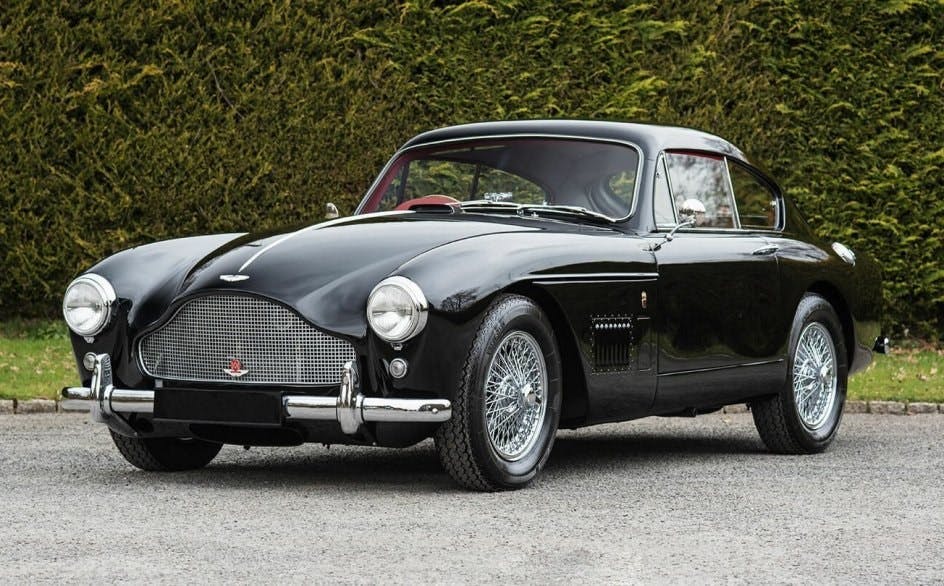
Open Market Value: £400,000
Even at the time of its release, the DB 2/4 Mark III was commonly referred to as just the DB Mark III. Aston Martin sold this sports automobile from 1957 to 1959.
It improved upon the DB2/4 Mark II model that it replaced with a new instrument panel and Girling disc brakes were optional, while John Turner, who was 17 at the time, created the front grille that would be used on all subsequent Aston Martin models. The hydraulic clutch was also brand-new. Worm-and-sector steering and a live axle rear end were carryovers. At the rear, the DB2/4 Mark II's tailfins (after the earliest few cars) were altered to use the rear lights from the Humber Hawk.
The automobile was commended for everything in a 1959 Road & Track magazine review, save for its $7,450 price. They referred to it as "an automobile for connoisseurs." The Aston has few flaws compared to its numerous benefits.
2 - 1963 Lancia Flaminia Zagato Sport 3C
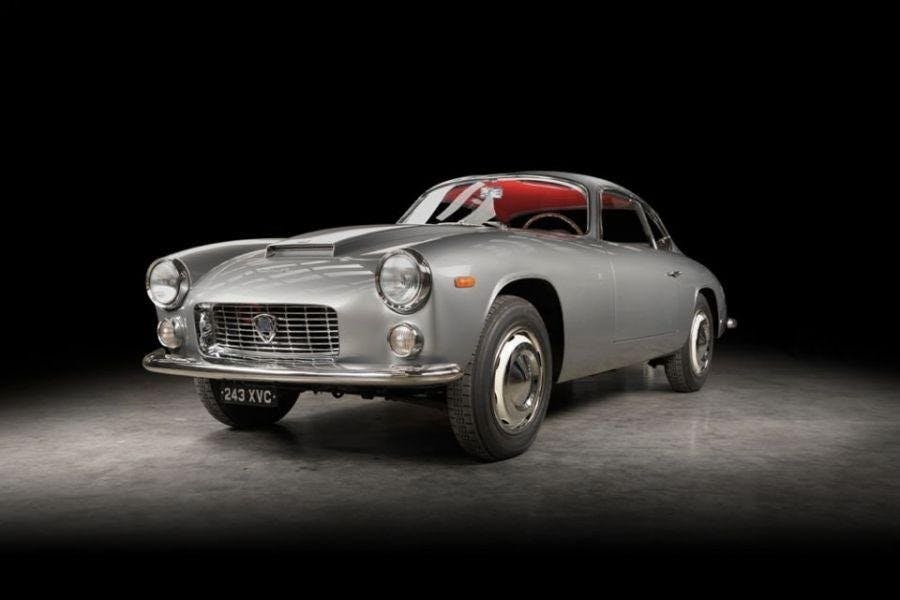
Open Market Value: £300,000
A total of 12,633 copies of the Lancia Flaminia were made between 1957 and 1970. The car, which served as the Aurelia's replacement, was available in a range of body types, including sedan, limousine, cabriolet, and coupe. Coachbuilders like Pininfarina, Touring, and Zagato had the option of making unique examples for particular customers.
The Sport two-seater body types were created by Zagato. The body was made of aluminium and had the distinctive Zagato "double bubble" and pop-out handlebars. The Super Sport, which debuted in 1964 to replace the Sport, had a more powerful 2.8L engine that could produce 152 horsepower.
The Sport was produced until 1967, with a total of 344 examples created.
3 - 1963 E Type Jaguar
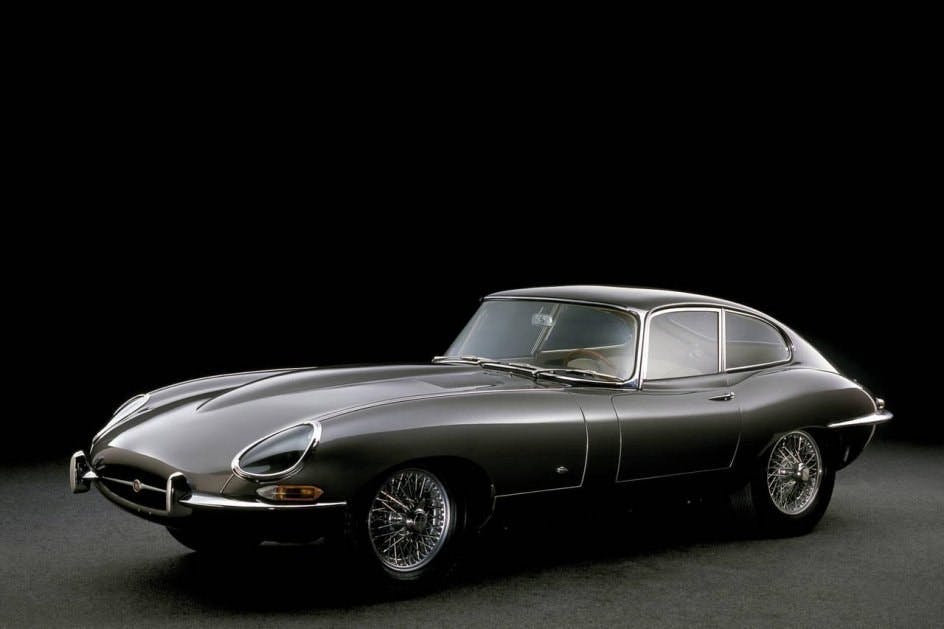
Open market Value £150,000
The D-Type, a true race car with a stunning curved aerodynamic flair that had enjoyed great success in international competition, served as the inspiration for the design of the Jaguar E-Type.
The feline curves were created by aerodynamicist Malcolm Sayer using wind tunnel experiments and aeronautical principles. It received a lightweight monocoque with an independent rear axle, a tubular sub-frame to support the engine, and front suspension and steering. The 3.8-litre evolution of the straight-six engine, with a claimed 265 horsepower, was shared with earlier models.
The E-powerful Type's engine, weight savings of 500 pounds over the XK150, and aerodynamic design contributed to substantial performance benefits. The majority of its competitors used the standard live rear axle, but the E-type made history by adopting an independent configuration all around, with the rear consisting of lower wishbones, fixed-length driveshafts, and twin coil spring/damper units. Torsion bars and wishbones were employed in the front. All four wheels had Dunlop disc brakes installed, with the rear ones positioned inboard next to the differential to reduce weight.
The E-Type made its debut in Geneva in 1961; it wasn't particularly pricey compared to other sports vehicles, but it was unmatched in terms of elegance and performance, with a top speed of 150 mph.
4 - 1990 BMW Z1
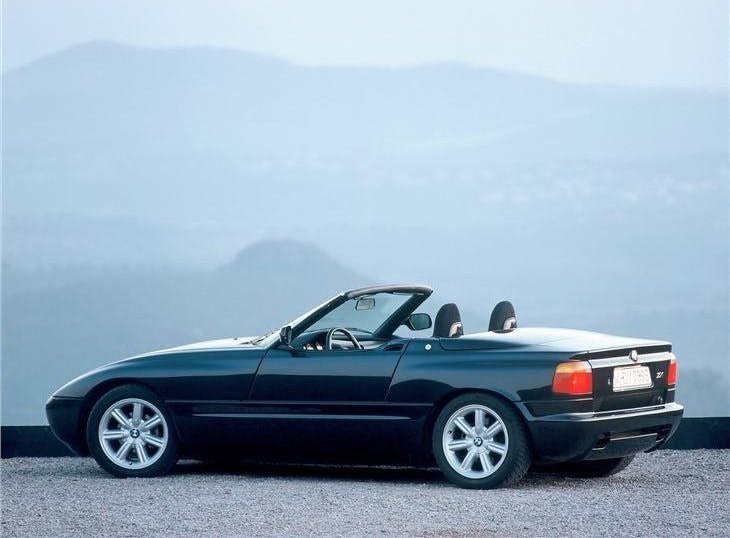
Open Market Value £40,000
The BMW Z1 is the first model in the Z series of roadsters (two-seater convertibles) created by BMW. BMW put the Z1 into production at the beginning of 1987, and the production version of the Z1 was unveiled at the Frankfurt Motor Show in September of the same year. The base price was DM 83,000 when production started, up from the initial goal price of DM 80,000.
Plastic body panels and doors that slide vertically into the door sills give the Z1 a distinctive look. One of the first BMWs to utilise a multi-link rear suspension is this one. The 2.5-litre straight-six engine and 5-speed manual transmission from the E30 325i are the only drivetrain options.
The Z1 body also included a flat undertray, a roll-hoop built into the windscreen surround, removable plastic body pieces, constantly zinc welded seams, and a distinctive door design.
From March 1989 to June 1991, the Z1 was produced in 258 units, all at the BMW facility in Munich. There were exactly 8,000 automobiles made. The majority (6,443) of the vehicles are left-hand drives and were sold in BMW's home market of Germany.
5 - 2010 Aston Martin Virage
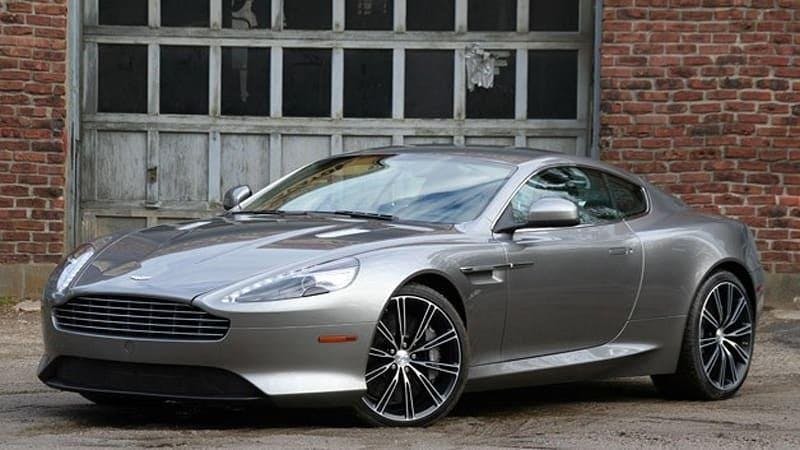
Open Market Value £85,000
In 2010, Aston Martin, the standard bearer in English motor car history, launched the brand-new Virage model. A gran-tourer to fill the gap between the softer DB9 and the aggressive DBS.
The Virage had the unique styling expected from an Aston Martin but was a perfect GT cruiser and had the agility and handling to be enjoyed and put through its paces. The Virage would give the driver 90% of the DB9’s comfort and 90% of the DBS’ performance.
After selling just over 1,000 units worldwide, Aston Martin pulled the plug on the Virage, having sold the car for just 18 months. The Virage’s styling tweaks were then carried over to the new DB9.
6 - 1972 Triumph Stag

Open Market Value £30,000
Italian designer Giovanni Michelotti created the Triumph Stag, a 2+2 sports tourer that the Triumph Motor Company sold between 1970 and 1978.
The Stag was intended to compete directly with the Mercedes-Benz SL class cars as a high-end sports car. All Stags were four-seater convertible coupés, but they also had to have a B-pillar "roll bar" hoop attached to the windscreen frame by a T-bar for structural rigidity and to meet then-proposed American rollover rules. A common factory option was a retractable hard top in the body colour with defrost wires on the rear window, a full headliner, and lever-operated quarter windows.
The vehicle was originally a Giovanni Michelotti-designed pre-production 2000 saloon that was sliced and shaped for the aesthetic experiment. His agreement was that Triumph may use the prototype as the foundation for a new model if Harry Webster, Director of Engineering at Triumph, liked the design. Webster brought the prototype back to England because he liked the design. The outcome was the Triumph Stag - a two-door drop head convertible was born.
7 - 1985 Mercedes 280SL
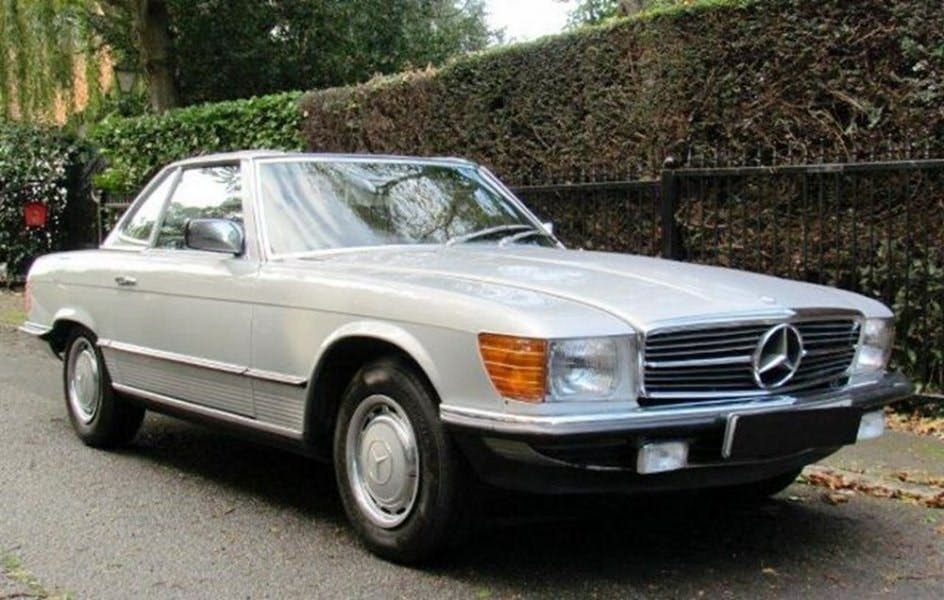
Open Market Value £40,000
The Mercedes R107, which was introduced in 1971 and remained in production until 1989, was the company's longest-running single series prior to the G-Class utility vehicle. In 1972, the R107 succeeded the W113 Pagoda SL, and in 1989, the R129 SL took its place. The R107 was produced for 18 years, from 1971 to 1989, the longest production run of any Mercedes chassis. Two thirds of the 237,000 R107 SLs produced were sold in the US. Although there had a tiny seating arrangement behind the front seats, the vehicle was primarily a two-seat sports car.
Mercedes-Benz provided a variety of engine options over the years; the 350 engine, a V8 3.5-liter unit, was installed in the company's first vehicles in 1971. In 1974, the 280 engine was released, a 2.8 litre straight six that was arguably more suited for the European market given the period's gasoline crisis. By 1973, a larger 4.5 litre V8 was also available, built largely for the US market.
8 - 1979 Porsche 911
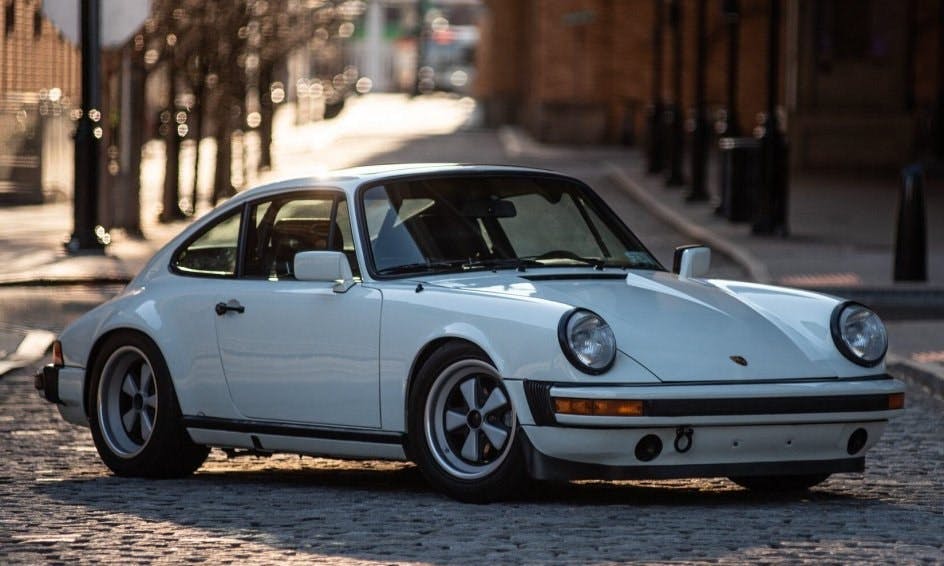
Open Market Value £55,000
The Porsche 911, also known as Nine Eleven or Neunelfer in German, is a two-door, two-plus-two, high speed rear-engined sports automobile that Porsche AG of Stuttgart, Germany first unveiled in September 1964. It was originally equipped with a torsion bar suspension and a rear-mounted flat-six engine. The car has undergone constant improvement throughout the years, but the fundamental design has not changed. Up until the 1998 launch of the 996 series, the engines were air-cooled.
Private and factory teams have participated in numerous races using the 911 in a range of classes. It is one of the most effective competition vehicles. The naturally aspirated 911 Carrera RSR won several world championship events in the middle of the 1970s, including the Targa Florio and the 24 Hours of Daytona. The 1979 24 Hours of Le Mans was also won by the 911-derived 935 turbo. Porsche's 911-derived cars helped the company win the World Championship for Makes in 1976, 1977, 1978, and 1979.
The 911 placed fifth in a 1999 poll to choose the Car of the Century. It is one of just two products in the top five that have been continuously produced. The one millionth car is now part of the company's permanent collection, was produced in May 2017.
9 - 2008 Ferrari 599 GTB
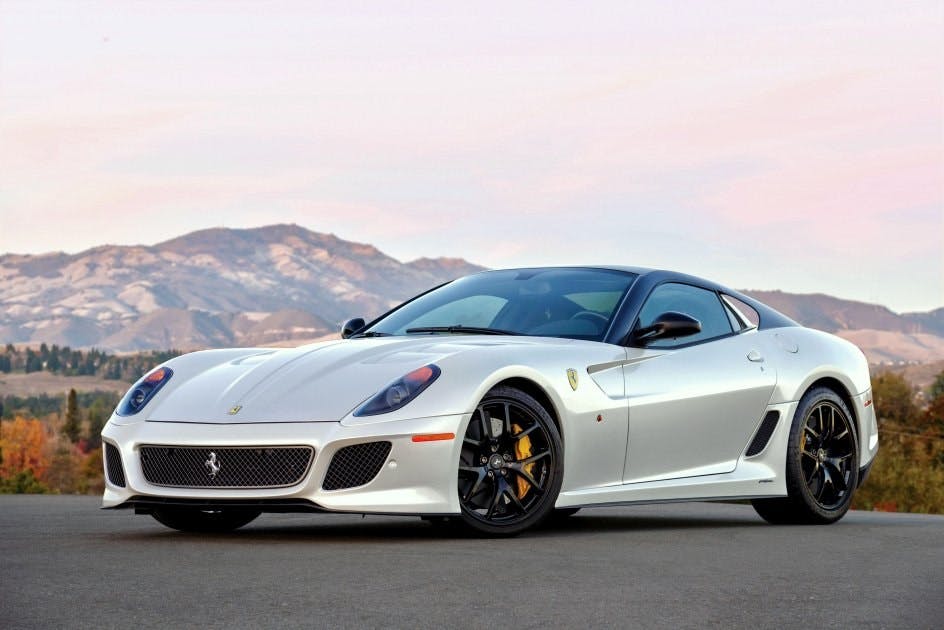
Open Market Value £100,000
The 599 GTB made its premiere at the Geneva Motor Show in February 2006 with styling by Pininfarina under Jason Castriota's guidance. The bodywork has been aerodynamically tuned, with distinct sail panels flanking the rear window that maximise and direct airflow to a straight rear nolder. [7]
The 599 GTB Fiorano was created by Pininfarina studios, like the majority of Ferraris. It featured a slatted grille in the apron at the front flanked by a pair of side air-intakes needed to cool the carbon-ceramic disc brakes. The hood featured two exhaust vents that were separated by a power-dom that extended from the nose to the windscreen. To lessen the lift effect from the wheel-wells, the designer added additional extractor vents behind the wheel arches.
Only two seats and a parcel shelf were present inside. The high-bolstered sections of the sport bucket seats with integrated headrests were designed to hold the occupants in position while performing high-speed turning manoeuvres or on the racetrack. Ferrari called it a GT, but it was probably more closely related to a supercar. The car entered the new-tech era with the addition of a digital TFT display to its left side next to an analogue speedometer.
Ferrari positioned the engine under the hood as far back as they could to maintain a 50-50 balance. However, the effort was worthwhile. The automaker provided the 6-speed manual or 6 speed automatic (dual-clutch) transmission options for the 599 Fiorano.
10 - 2000 Maserati 3200GT
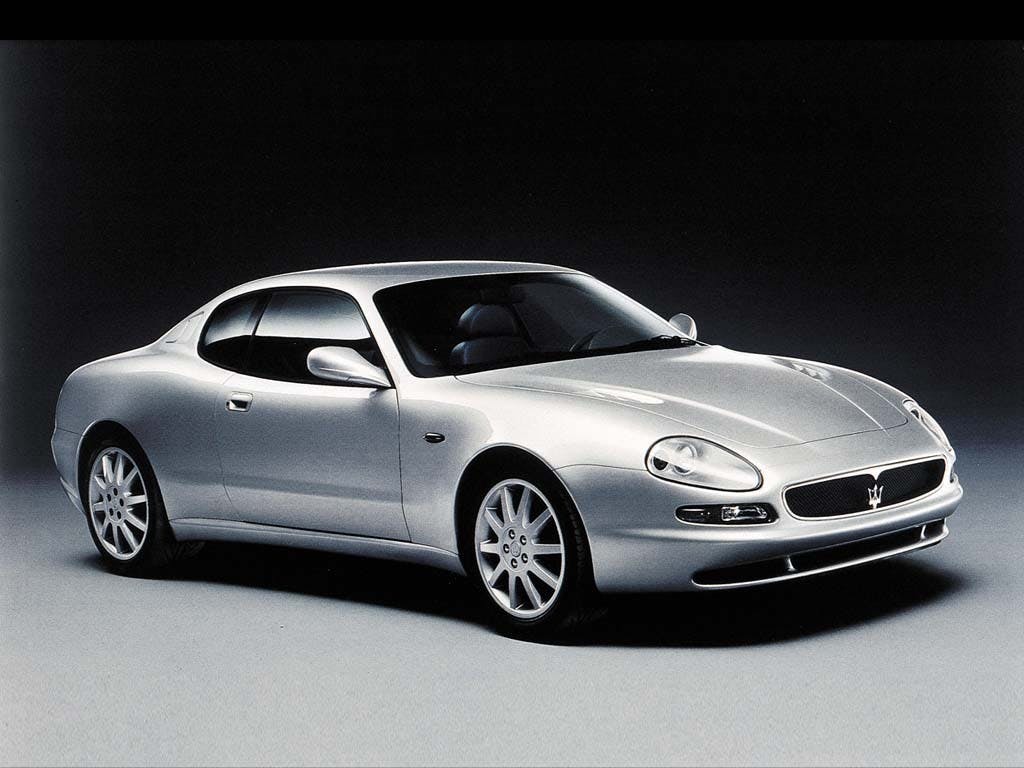
Open Market Value £25,000
From 1998 to 2002, Maserati, an Italian automaker, produced the Maserati 3200 GT (Tipo 338), a four-seat grand tourer that replaced the Shamal as the marque's flagship model. Italdesign, whose founder and chief Giorgetto Giugiaro had developed, among other things, the Ghibli, Bora, and Merak, created the opulent coupé. Enrico Fumia was hired to do the interior design, and he finished it by 1995. Before the Maserati Coupé took its place, 4,795 vehicles were built.
The 3200 GT was unveiled in July 1998 and introduced to the media by Luca Cordero di Montezemolo in September. Sir Stirling Moss, a seasoned Maserati racing driver, and Giorgetto Giugiaro were also present. The vehicle made its public debut at the Paris Mondial de l'Automobile in October 1998.
If you're interested in learning more about using your classic or vintage car to raise funds, apply directly at releasemycapital.co.uk or call 0333 577 3000 and speak to one of our expert loan consultants. ReleaseMyCapital.co.uk will begin by inquiring about the assets you'd like to use as collateral, your timeline, and your desired loan amount.